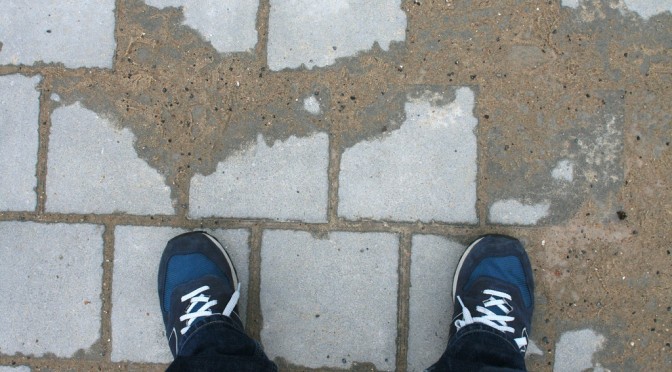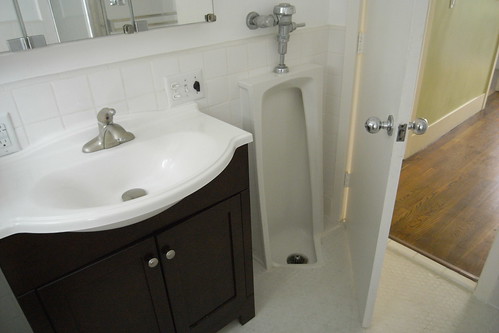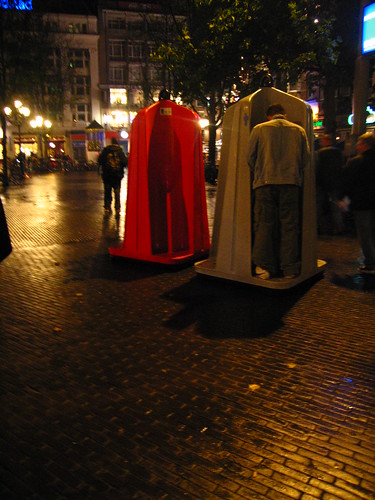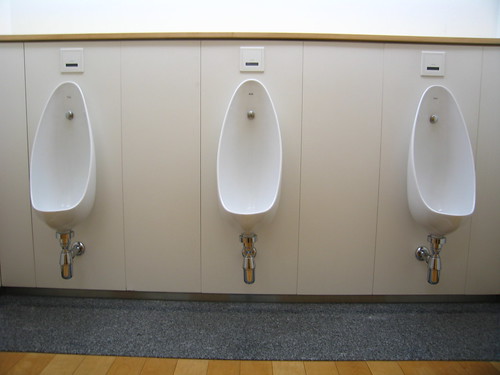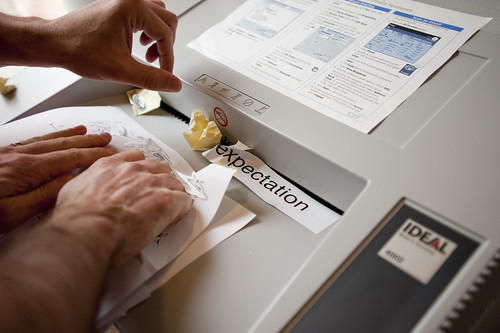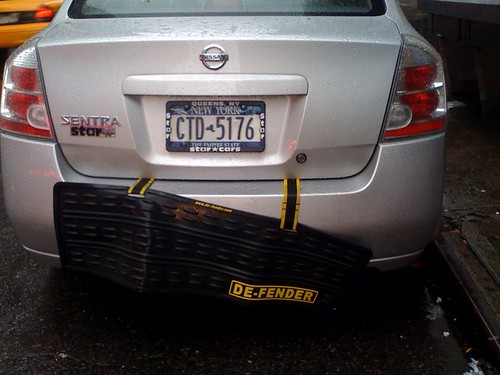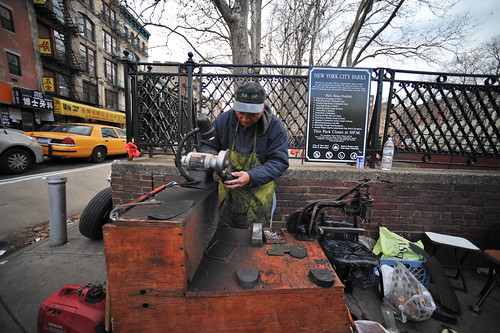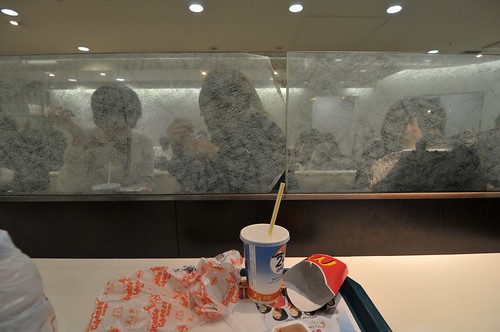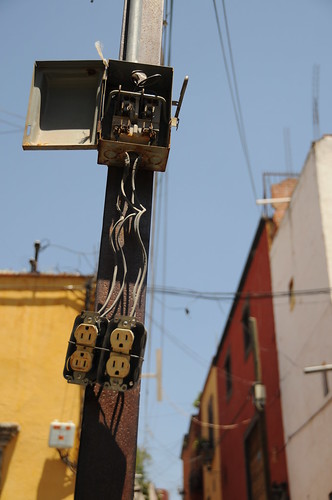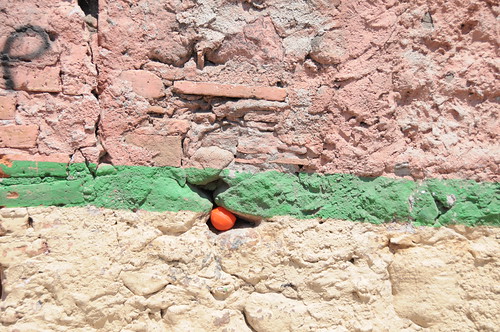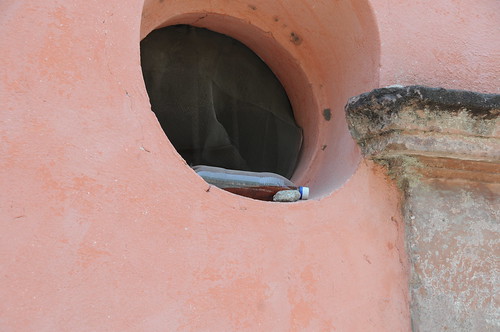Nicolas: A quite academic week with two days as an expert in a design school in Switzerland (Neuchatel) and polishing a research project submitted to a funding body. Being external jury judging student’s work is always intriguing, especially when projects are very diverse. In this case, it ranged from a new generation of mouses to kite-surf devices and mountain bikes parts. Industrial design is fascinating because of the whole range of constraints that have to be taken into consideration: physical, cognitive, social, political, etc. Commenting on the projects, I realize how hard it was to play with all these parameters and , at the same time, create something new and meaningful.
Julian: Quite a busy programming-the-computer-at-night week. Yes. Programming it to make it do things. I have a hunch of an idea for a thing that wouldn’t make my life easier? But would make it more fiddily. Based on an observation: most social network services require that you go to the service to find out what your peoples are up to // have shared // took a photo of // checked-into // &c ad infinitum. What about going to the people first? An Internet of Me & Mine rather than an Internet of Things or an Internet of Services. You know? As if all my friends had a stats card like a 1970s era baseball player. Or something. Like — shouldn’t your people be the point of entry for these things in a very bold, upfront fashion? And you get to pick who you browse rather than seeing *everyone/thing as if you could sift through it all? Maybe you have to pick some small number of true-blue friends — or the algorithm enforces true-blueness by making sure the relationship is two-way. You know? So — ObjectiveC land for me last week/weekend/nights-til-late.
Oh — also? The Marshall Stack speaker project came to a happy point of a milestone with a very good share and a lovely looking thing. Thanks to Simon and Vids for their hard-making-things work. That’s Simon up there. He’s not a grumpy fella, but sometimes I ask him to do a lot. He also had a new little one the other day! Congratulations Simon! Take the rest of the week off. 😉
